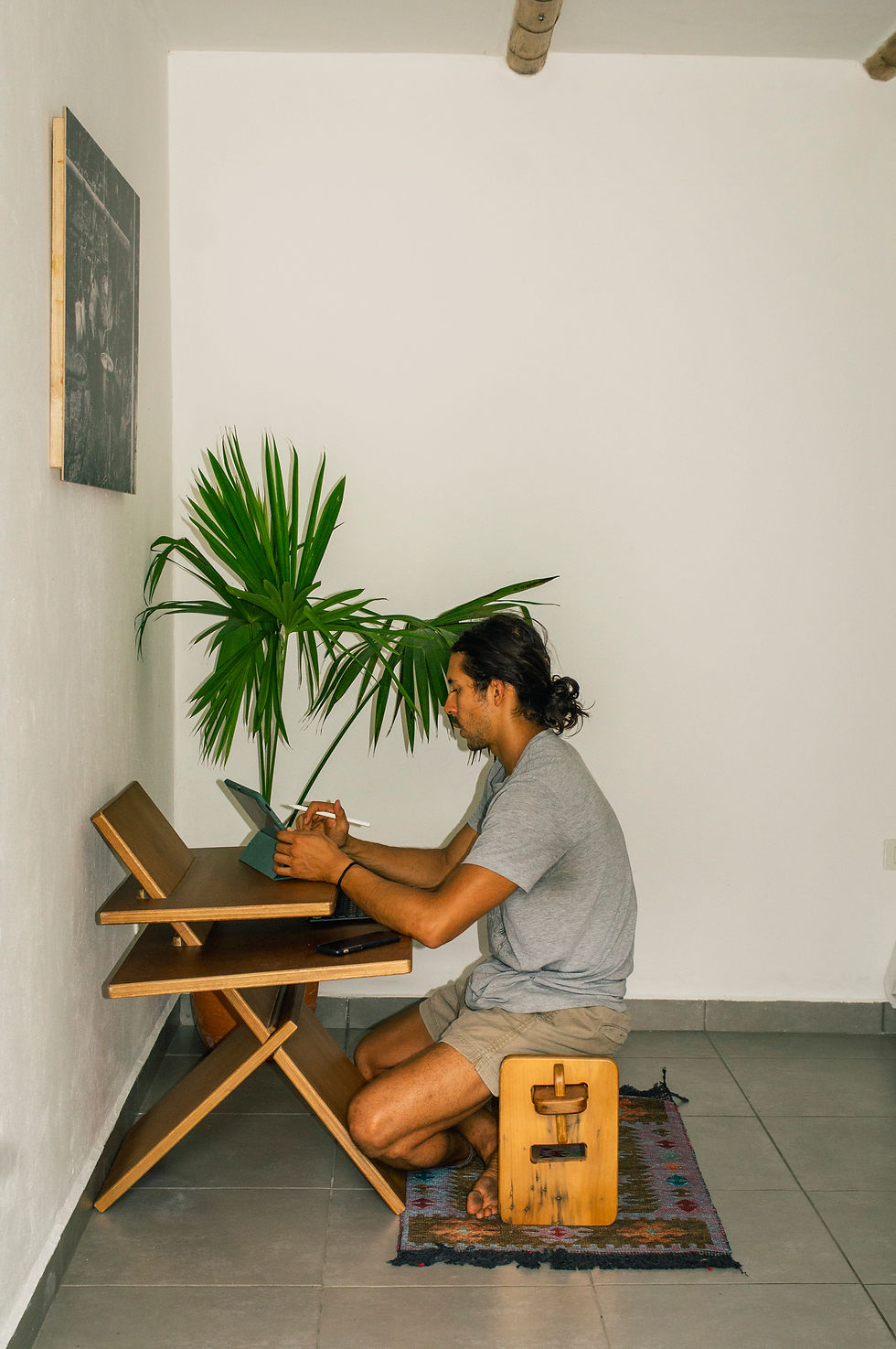Your spine is more than just a support structure for your body—it’s the central structure that houses part of your nervous system, which relays information between you, your body and the external world. It plays a crucial role in your physical, mental, and emotional well-being. That’s why taking care of it through regular movement is vital. In this post, we’ll explore the importance of spinal movement, how it impacts your body, and how you can incorporate simple yet effective practices into your daily routine.
The Role of the Spine:
Within your spine, you’ll find the spinal cord, responsible for relaying information between your brain, other parts of your body, and the outside world. Within the spine you will also find Cerebrospinal Fluid, which not only plays a role in cushioning your spinal cord for protection, but also plays a key role in nutrient delivery and waste management. When your spine moves, it’s not just the bones that are in action. You’re also stimulating the spinal cord, which helps prevent stiffness, and ensuring that the cerebrospinal fluid flows freely, enhancing nutrient delivery and waste removal from your entire nervous system. Just as we brush our teeth and shower daily for hygienic purposes, our spines need daily movement to maintain their health.
Additionally, the spine is made up of 24 individual vertebrae, allowing for a wide range of movements, including flexing forward, extending back, bending sideways, and rotating. This incredible flexibility is no accident—the spine is designed to be the central pillar of your body. Your shoulders and hips are attached to it, so if your spine becomes stiff, the rest of your body will feel the effects. Limited spinal mobility can hinder activities like running, swimming, dancing, and any other movement involving your limbs.

Benefits of Daily Spinal Movement:
Dedicating just 5 to 15 minutes a day to spinal movement can lead to significant improvements in various aspects of your well-being, including:
Mood swings: Reduced tension and stress can lead to a more balanced emotional state.
Energy levels: Improved circulation and movement can give you a natural energy boost.
Sleep quality: Decompressing your spine can help you unwind and sleep better.
Breath: Spinal mobility can enhance your breathing by freeing up your chest.
Bodily tensions and discomfort: Regular spine movement can alleviate tension and prevent discomfort in your back and other areas.
Back pain: Keeping your spine mobile and strong can help prevent and reduce back pain.
Physical capacity: A mobile spine allows for better overall body movement, making you more capable in physical activities.
Getting Started with Spinal Movement:
A fun and eye-opening way to work on your spinal mobility is to learn the Spinal Wave. Though it may seem simple, there are many variations and steps to mastering this movement. Here are a few tips to help you build up to a fluid spinal wave.
1. Understand the Spine as Individual Units:
The spine is not a single, rigid unit but a series of smaller units that should move independently. A great beginner exercise to build this awareness is the Spine Wall Peel.
2. Differentiate the Three Major Parts of the Spine:
Cervical Spine: Runs from the crown of the head to the clavicle.
Thoracic Spine: Runs from the clavicle to the last rib.
Lumbar Spine: Runs from the last rib to the tailbone.
As you work on these areas, you might find that some parts of your spine are easier to move than others. This is a valuable observation. Stiff or painful areas often result not just from physical limitations but from a lack of awareness and connection between your mind and body.
A great drill to practice and enhance your spinal awareness is to work on Spine Peels of each section.
3. Create a Continuous Wave-like Pattern:
Once you’ve built some awareness and control, you can begin creating a continuous wave-like pattern through your entire spine. This can be challenging, but using the wall and your phone as feedback tools will help. Spend 2 to 5 minutes each day practicing this movement.
Here is how to get started on your Wall Spinal Wave (shown by Ido Portal founder of the Movement Culture)
Conclusion:
Moving your spine is one of the best ways to keep your nervous system relaxed and nourished, as well as ensuring that the rest of your body functions properly. Regular spinal movement can release stress, increase energy levels, and enhance your physical capabilities.
We’d love to hear about your experiences with spinal movement! Let us know if you have a spine movement practice, and share your thoughts with us.
Cheers,
Sebas
Movement Practitioner & Host of Casa Kandamy
This kind of spinal articulation is something we practice daily at Casa Kandamy. Contact us to learn more about what a stay at our Movement Coliving Space is like.


